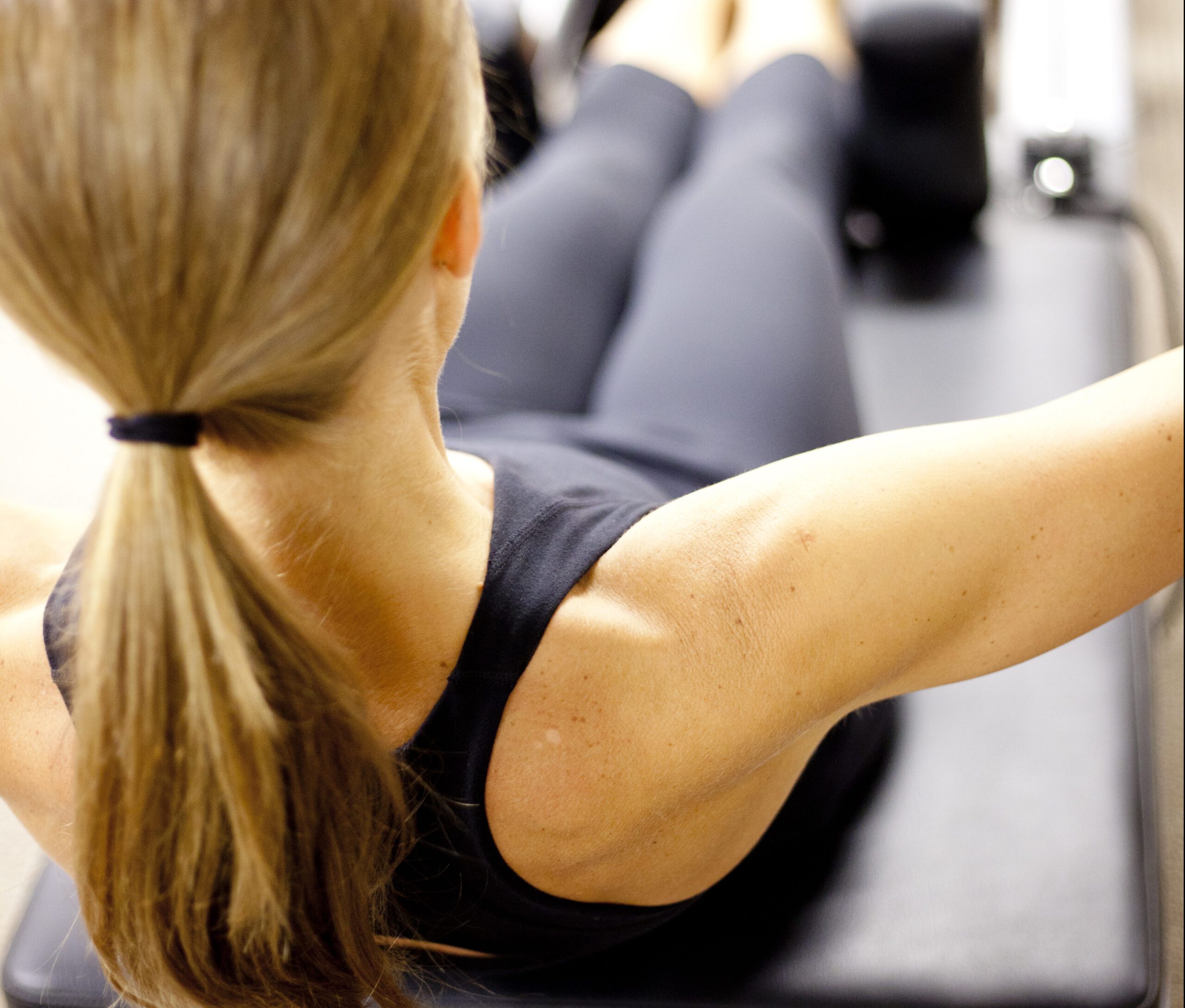When researching Pilates instructors and studios, you will find the word “certified” used quite a bit. It lends an air of competency and legitimacy to a person’s title, and obviously makes them sound more professional. We are going to discuss what happens when a person graduates from a Pilates teacher training school and how someone can become “certified” in Pilates.
Pilates has been around since the early 1900’s, but really exploded in the late 1980’s and early 1990’s when the media and celebrities discovered it’s benefits. (Read about about the history of the First Generation Pilates Teachers and Pilates Schools here). The positive side to this boom was that Pilates was finally being taken more seriously as a true modality for healing and fitness, and that more and more people were being exposed to its benefits. The negative side was that people were taking advantage of this popularity and using the word “Pilates” to describe what they were doing and lure in clients. These were people with either no background in the true Pilates method or people offering one day training courses to learn about Pilates. They could charge less than the true studios for what they claimed was real Pilates, and were hurting the teachers, students and industry as a whole. At the time, the Pilates world had no regulatory body, agency or general guidelines to stop this practice. Anyone who wanted to say they taught Pilates, could easily do it.
During this time, a well known Pilates practitioner felt there needed to be more regulation in the Pilates world, and took a case through the US court system trying to trademark the word “Pilates”. His argument that there should be protection of the Pilates method was an understandable one in the face of so many people taking advantage of the name, but it also could have caused a bigger riff in the Pilates world than was already there. With the trademarking of the name, who would be in charge of regulating this? Who could use the word “Pilates”? Only the person bringing the case to court? What training program was better than another? (Imagine someone trying to trademark the word “tennis” so that only he could actually teach “tennis” – everyone else had to rename the sport.) This case was actually being heard while I was going through my training, and because of it and the possibility of trademark I couldn’t call myself a “Pilates instructor”. I was just a normal fitness instructor teaching exercises based on the Pilates method. In 2002, in a landmark ruling, it was legally determined that the word “Pilates” is a generic word that can apply to Joseph Pilates’ specific approach and method and the exercises resulting from this. There was no trademark and the word Pilates could again be used freely.
This still didn’t solve the problem of the many, many programs and teachers out there taking advantage of the Pilates craze to train students and teachers in what they said was “Pilates” but what, in reality, was nothing close to the real thing. The Pilates Method Alliance was created in 2001 to try and unify the Pilates industry and solve this problem. According to their website, “The Pilates Method Alliance was formed as a professional association for the Pilates community. Its purpose is to provide an international organization to connect teachers, teacher trainers, studios and facilities dedicated to preserving and enhancing the legacy of Joseph H. Pilates and his exercise method by establishing standards, encouraging unity and promoting professionalism.”
In 2005, the PMA developed the world’s only third party certification for Pilates teachers. Anyone who has graduated from a Pilates teacher training program that meets certain criteria can take the PMA’s certification test. The basic reasoning in creating this test was to establish professional criteria that showed a Pilates teacher was competent and safe to serve the public. This was a big step for our industry and demonstrated the desire of some to unite and share in the goal of promoting Pilates the way Joe intended. The PMA test is not required to teach, but is becoming more and more respected as an additional measuring stick for integrity and credibility in our industry. I am proud to be a member of the PMA and the PMA’s Registry of Schools and am happy to support the work they are doing in our field.
There is a movement in the Pilates world to use the word “certified” only for those who have taken the PMA’s third party certification test. Instructors who have graduated from respected teacher training programs and not taken the test would have a diploma or a certificate or completion from that program. They can of course teach but just not use the word “certified”. This movement is in the infant stages and you can read more about it here. The important thing to know is that the word “certified” can right now be used by anyone, so please look at all the important criteria when choosing an instructor and studio (read our post on how to chose a Pilates instructor and/or studio coming up later this week).
There continues to be no regulatory or government agency or body for the Pilates industry. Any Pilates school can still teach what they call “Pilates” and test people to be Pilates instructors. There are still one day Pilates workshops that give people a Pilates Teacher diploma for attending. The good news is that there are more really good instructors and programs than bad ones. We are working more and more together as an industry to keep integrity and professionalism in our work. There is more transparency for students looking for reputable programs. We are learning from the First and Second Generation Teachers to keep Joseph Pilates’ vision alive. We are creating new and exciting fields within the Pilates industry, and we are doing it with respect for where the principles came from and mutual admiration for one another.




